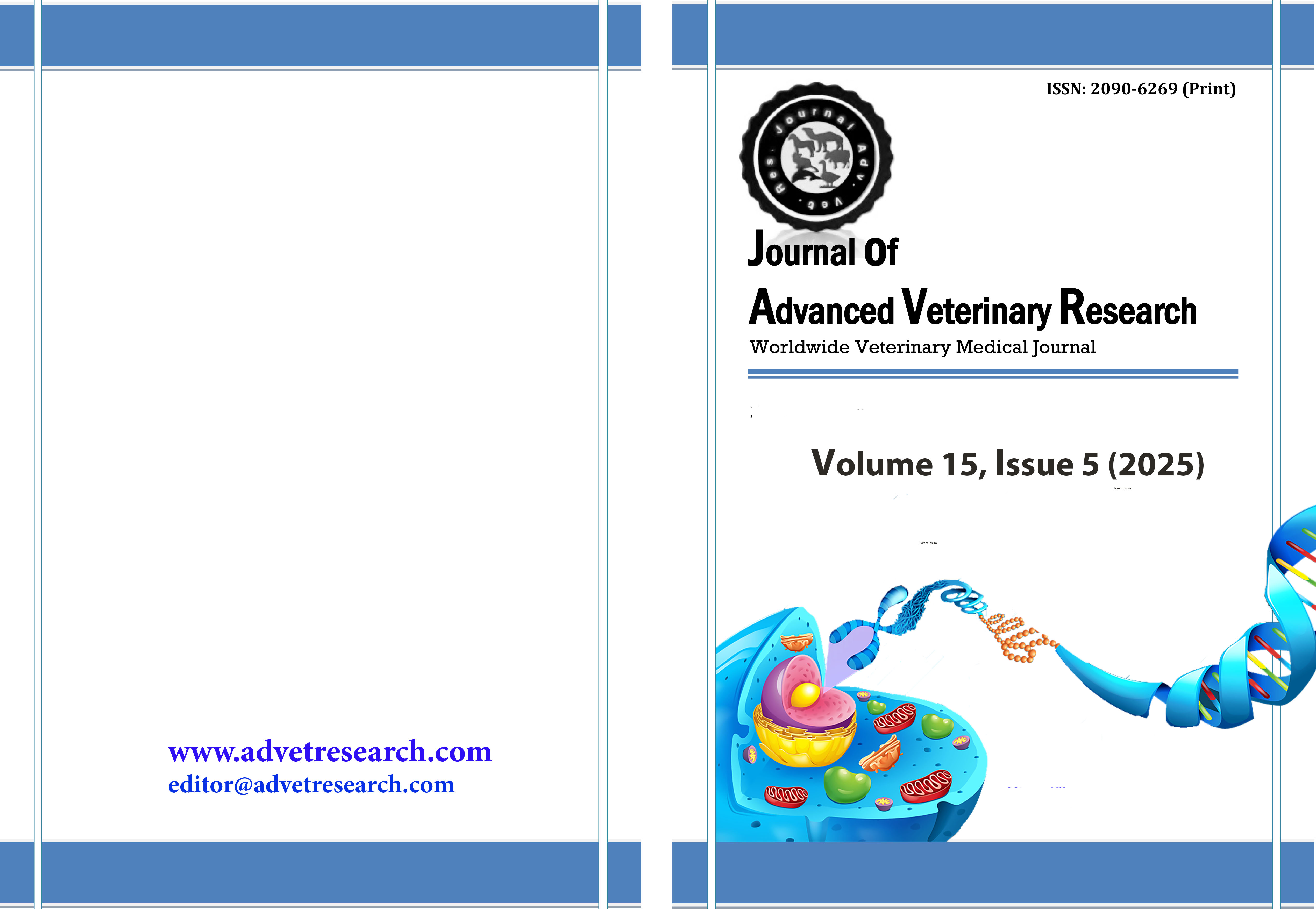Carcass, non-carcass characteristics, physicochemical properties, and fatty acids composition of grass-fed Kacang goat at different slaughter weight
Keywords:
Chemical characteristics, Fatty acids, Goat carcass, Offal, Physical characteristicAbstract
Consumers are concerned not just with the fat content in meat, but also with its quality. This study investigated carcass, non-carcass characteristics, physicochemical properties, and fatty acids composition of grass-fed goat at different slaughter weight. Ten heads of yearling goat with 14.60±2.84 kg of slaughtered weight were grouped into 2 that had lighter slaughter weight (LSW): 10 kg to less than 15 kg and heavier slaughter weight (HSW): 15 to 20 kg. The HSW goats produced more carcasses, more meat, and higher meat + fat to bone ratio. Although the weight of rack, loin, leg, fore shank, breast, and edible offal were higher in HSW goats compared to LSW goats, but the percentages were similar. Physical characteristics, fat, and collagen content in the meat were similar. However, the moisture content of LSW goats was higher than that of HSW goats, while the protein content was lower. Saturated fatty acids in the Biceps femoris mostly consisted of stearic acid (25.70% in LSW goats and 19.29% in HSW goats) and palmitic acid (16.70% in LSW goats and 21.24% in HSW goats). Monounsaturated fatty acids were mainly consisted of oleic acid (20.09% in LSW goats and 27.23% in HSW goats). Poly unsaturated fatty acids mostly consisted of arachidonic acid (12.93% in LSW goats and 9.11% in HSW goats). Poly unsaturated fatty acids and saturated fatty acids ratio was 0.25 to 0.39. It can be concluded that carcass characteristics and protein content of HSW goat were better compared to LSW goat.
Downloads
Published
How to Cite
Issue
Section
License
Copyright (c) 2025 Journal of Advanced Veterinary Research

This work is licensed under a Creative Commons Attribution-NonCommercial-NoDerivatives 4.0 International License.
Users have the right to read, download, copy, distribute, print, search, or link to the full texts of articles under the following conditions: Creative Commons Attribution-NonCommercial-NoDerivatives 4.0 International (CC BY-NC-ND 4.0).
Attribution-NonCommercial-NoDerivs
CC BY-NC-ND
This work is licensed under a Creative Commons Attribution-NonCommercial-NoDerivatives 4.0 International (CC BY-NC-ND 4.0) license




